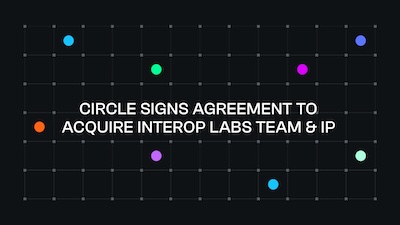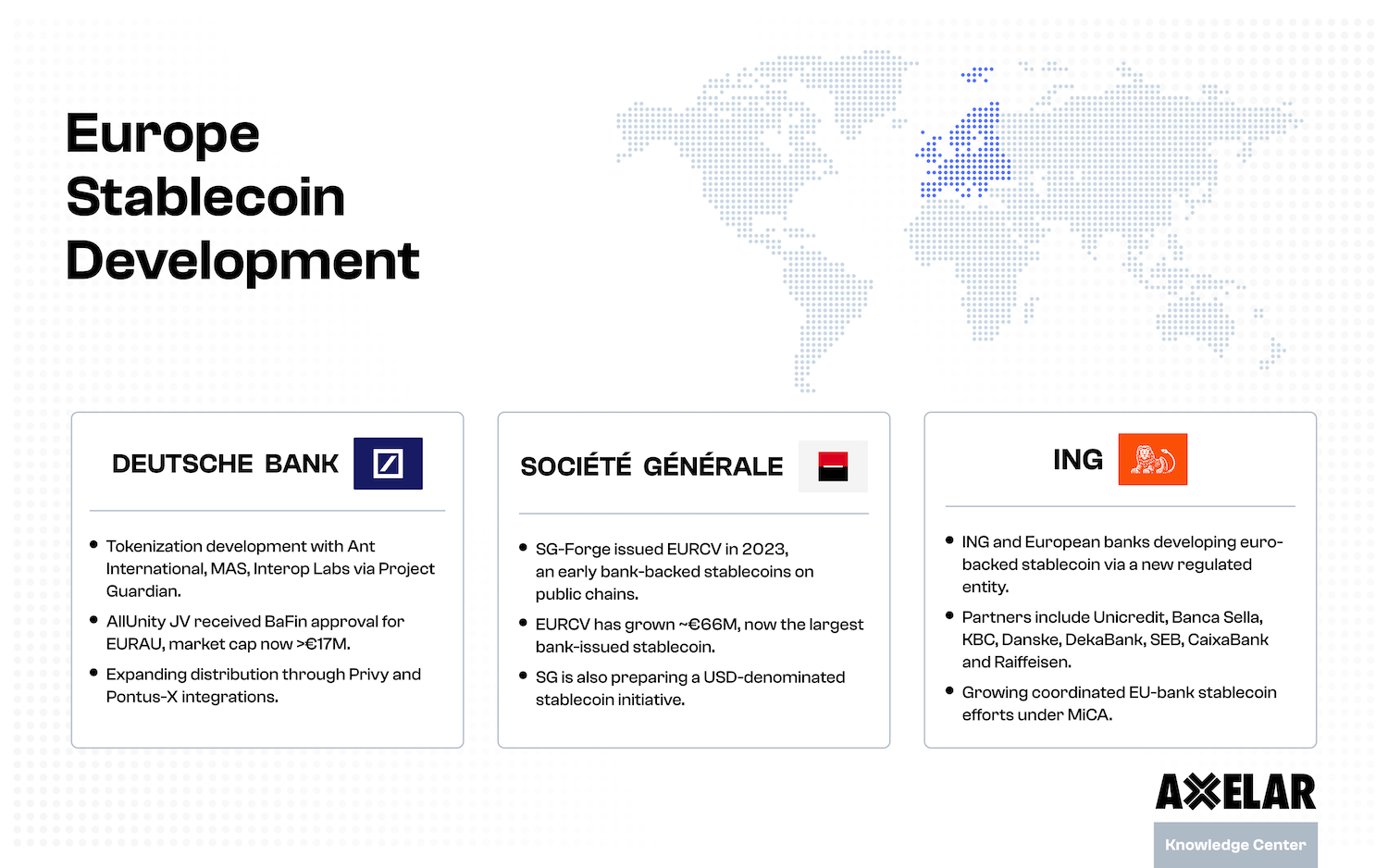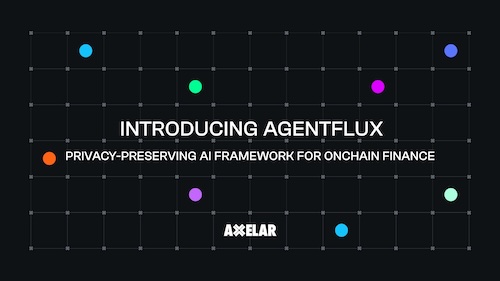Case Study: Prime Protocol Pioneers Multichain DeFi Beyond Bridges
Table of Contents


While many legacy applications are happy just to bridge tokens into their dApps, there is a new generation of builders that is leaving bridges far behind. These devs are building natively interchain applications that make use of Axelar’s General Message Passing (GMP) for secure cross-chain communication.
Prime Protocol is one such application, providing a chain-agnostic prime brokerage that can accept any asset as collateral: cross-chain, meet cross-margin.
Prime just announced today they are live on mainnet. For those of you who’ve heard of this groundbreaking project and want to know more, here is another case study from the Axelar ecosystem.
Collateral: a broken monolith in a multichain world
DeFi Summer began in 2020, fueled by lending protocols like Aave and Compound. Initial excitement over decentralized finance (DeFi) use cases caused deposits to move skyward. In a matter of days, technology that had been in development since 2017 began to see adoption.
However, it wasn’t long before a different narrative would take over the crypto markets’ upward momentum: In 2021, Layer-2 and Layer-1 blockchains captured media attention, investor enthusiasm and developer activity. DeFi activity quickly spread beyond Ethereum to a handful of newer blockchains.
These new blockchains were connected — but only to Ethereum, not to each other, and there only by tenuous cross-chain bridges, often controlled by centralized multisigs. The “bridge hack” replaced the DeFi protocol “rug” and the centralized exchange hacks of past cycles as the narrative for losses to theft in crypto’s wild west.
With bridges, there was no way to cross-margin assets across these new blockchains — something that for traditional finance is as plentiful and available as oxygen. DeFi, which aims to replace traditional finance, was falling short of it on a key feature, due to the lack of secure interchain infrastructure.
Prime Protocol opens new potential for DeFi
Enter Prime Protocol, founded by a former Citadel trader to bring cross-margining — specifically, cross-chain margining, to DeFi. With Prime Protocol, you can deposit assets from any connected chain and use their aggregate value in collateral for loans, on any other connected chain.
The project uses Axelar GMP to provide secure communication between chains, so the pool of available collateral for a loan becomes the sum notional value of all compatible tokens in the user’s wallet.
Read on to find out how it works.
How Prime Protocol takes DeFi multichain — without bridges

Building multichain dApps is complex. There are various network architectures to consider. In Prime’s case, developers chose a hub-and-spoke approach: Prime’s core logic runs on Moonbeam, a Polkadot-based smart contract platform.
In addition to its hub on Moonbeam, Prime has smart contracts installed on each of the blockchains it serves. When a user deposits collateral into one of those smart contracts, the contract sends a message to the hub on Moonbeam, which takes custody of the assets on their origin chains. That message contains:
- Who deposited.
- How much was deposited.
- What asset was deposited.
At the Prime hub on Moonbeam, information is cached, in order to prevent multichain collateral queries from slowing down the availability of funds for users looking to borrow on other chains.
Once funds are recorded on the hub, they are available for use as collateral on any other connected chain. The borrower initiates the borrowing transaction, and the loan is issued in the desired token on the desired chain.
How Axelar supports Prime with GMP
Prime Protocol is notable in that is one of a very few pioneers to build a natively cross-chain dApp that bypasses bridges altogether.
In Prime’s hub-and-spoke architecture, assets remain on the native chains on which they are issued. State is synchronized and actions authorized via secure messages passed between chains. For example:
- Prime deposit contracts on connected chains send secure messages to Prime hub verifying deposit data.
- Prime hub on Moonbeam sends messages to connected chains authorizing loans — again, in the native token on that chain.
- Users can initiate actions from any connected chain, via similar flows of two-way messages.
Messages are secured over the Axelar network using proof-of-stake verification, powered by the $AXL token. $AXL is the network currency for rewards and fees on Axelar — but users don’t have to hold it. Logic over Axelar’s programmable interchain layer handles conversion of gas fees from source-chain tokens into AXL and any other gas tokens required for dApps and connected chains.
On Prime, assets never leave their native chains, but the user gets the benefit of interacting across multiple chains as though interacting with a single blockchain. This kind of architecture beyond bridges is possible because Axelar is a blockchain connecting blockchains. Prime's seamless UX demonstrates the underlying power of Axelar GMP to create applications that span multiple blockchains.
Conclusion
Prime Protocol’s mainnet launch today is a leap forward for Web3 application development — not just in DeFi, but in the decentralized Web as a whole. In a multichain world, it’s incumbent on Web3 and DeFi developers to deliver user experiences that are as seamless as those in traditional finance and Web2 applications.
Enthusiasm for that kind of experience has been shown in Prime’s public testnet phase, where more than 50,000 DeFi users participated. It’s not possible with bridges. The only way to enable this kind of experience is through Axelar GMP and the kind of innovative application architecture Prime has built.
To learn more:


